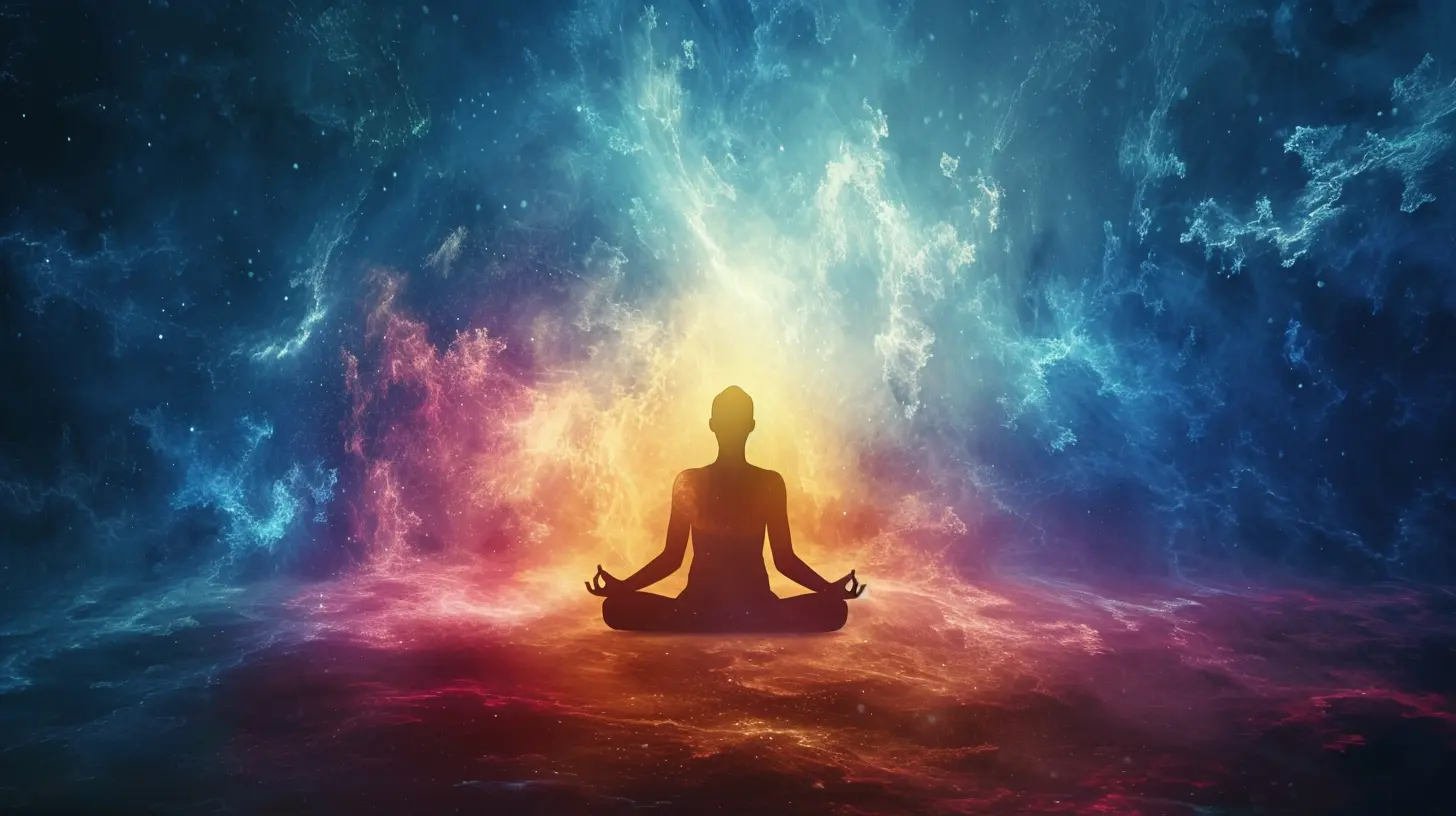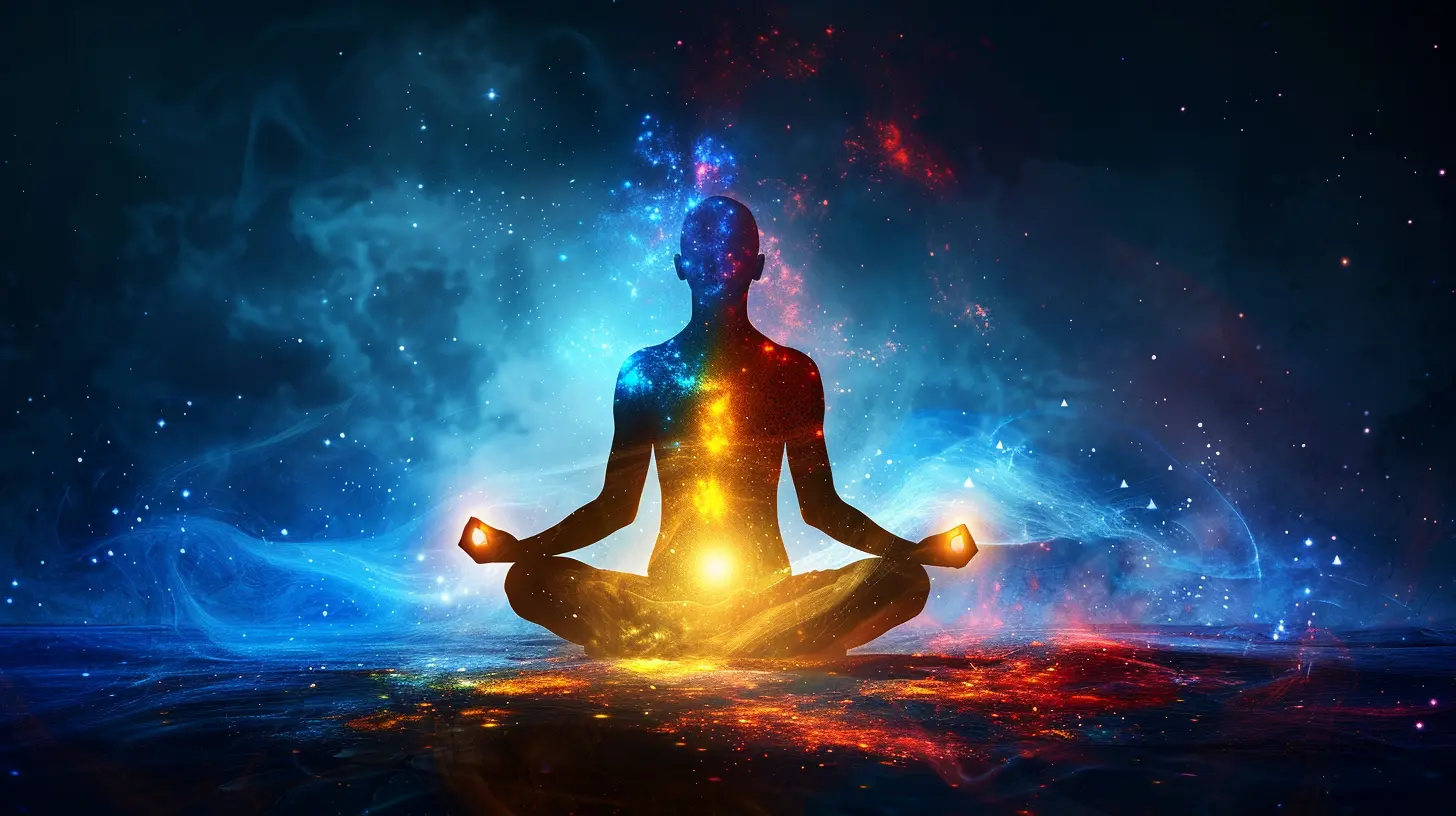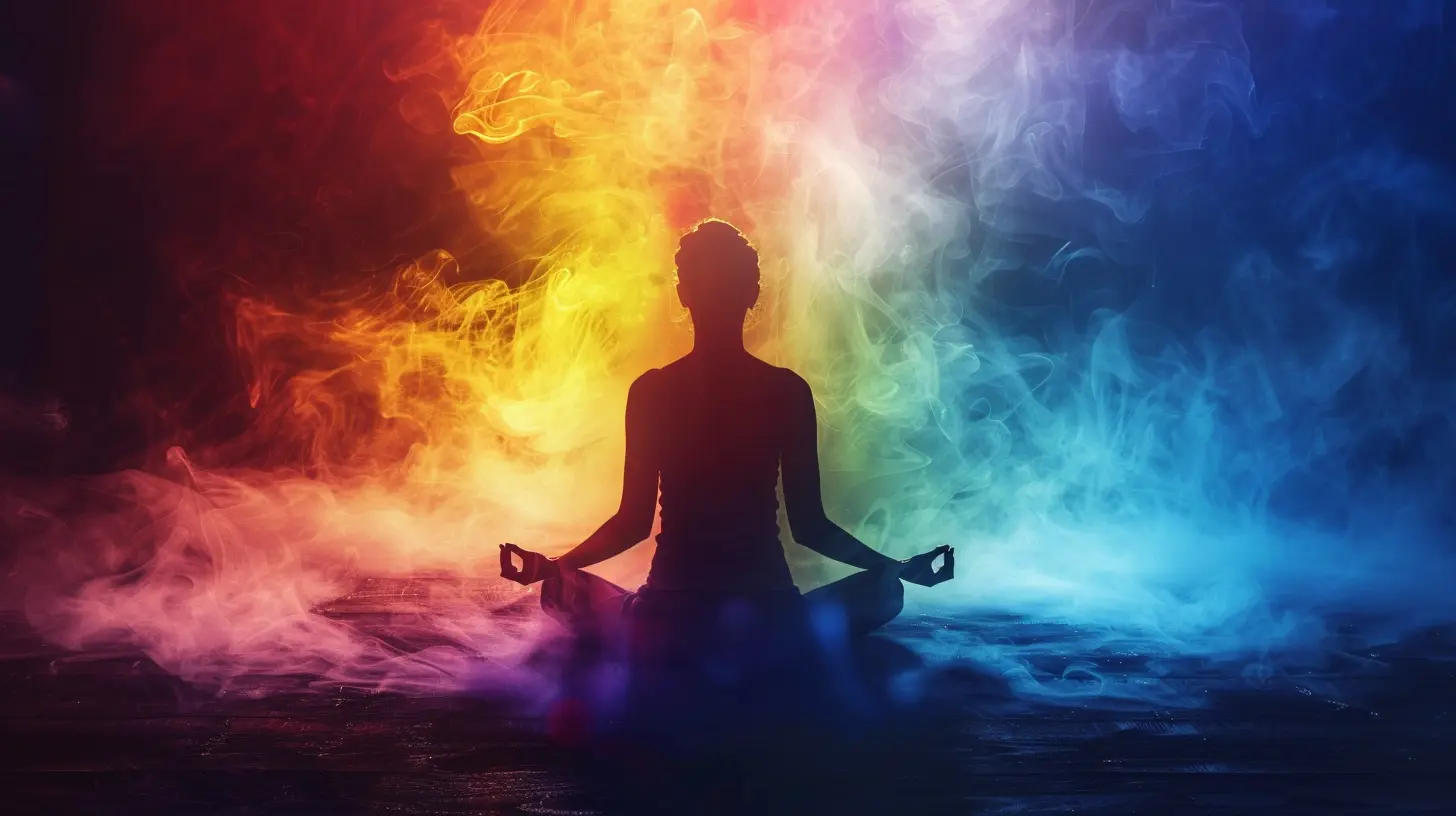The Art of Visualization in Meditation: Manifesting Positive Change
7 October 2025
Let’s get real for a second—life doesn’t slow down. Between work stress, relationship ups and downs, and trying to stay healthy, it’s easy to feel like you’re stuck in a constant loop. But what if I told you that your mind has a superpower? A totally free, always-available tool that can help you reshape your experience from the inside out?
Welcome to the world of visualization meditation—a practice that’s been quietly changing lives for centuries. It’s not woo-woo magic. It’s not just “thinking happy thoughts.” It’s a powerful mental technique that can spark real, positive change in your thoughts, habits, and even your physical health.
Stick with me, and we’ll break down how visualization in meditation works, why it matters, and how you can make it a part of your daily life—no incense or chanting required.
What is Visualization in Meditation?
Let’s start simple. Visualization in meditation is the practice of creating mental images during a meditative state to foster certain feelings, behaviors, or outcomes.Think of it as daydreaming with a purpose. Instead of letting your mind wander randomly, you guide it toward positive, constructive images. These could be scenes of your ideal life, a calm beach, you achieving a personal goal—whatever aligns with your intentions.
Sounds easy, right? But don’t be fooled—this technique taps into deep neurological processes. When done right, your brain responds to these ‘mental rehearsals’ almost as if they’re real. That’s powerful stuff.
How Visualization Actually Works (The Science Bit)
Okay, time for a nerdy moment—but a cool one.When you visualize something vividly, your brain activates the same neural networks it would use if you were actually experiencing the event. So, imagining yourself speaking confidently in front of a crowd? Your brain processes that almost like you're literally doing it.
Athletes have used this for decades. Olympic gold medalists often credit visualization for their focus and success. In fact, studies have shown that mental practice can be nearly as effective as physical practice in improving performance.
And this goes beyond sports. Visualization affects your autonomic nervous system too—meaning it can calm your stress response, lower heart rate, and even influence immune function.
In short: your brain is your ally, and it doesn’t always know the difference between imagination and reality. Use that to your advantage.
Types of Visualization Used in Meditation
Not all visualization is created equal. Depending on your goals, there are several methods you can try. Let’s break them down:1. Guided Visualization
You follow along with a recorded voice or teacher who walks you through a mental journey. Think: being led through a forest or envisioning your future self succeeding.Perfect for beginners or anyone who struggles to focus on their own.
2. Creative Visualization
This is freestyle. You create your own mental imagery that aligns with a goal—a dream job, a healed body, a peaceful mind.Want to manifest that new career or better health? This one’s for you.
3. Healing Visualization
Used to direct positive energy toward parts of your body that need healing. You might picture glowing light surrounding an injury or your body’s cells regenerating optimally.Great for anyone navigating illness or recovery.
4. Outcome Visualization
This one’s all about results. You imagine yourself after your desired change has happened—confident, healthy, happy.This method is super motivating and boosts your belief that change is possible.
Benefits of Visualization in Meditation
Alright, so why do people swear by this? Because it actually works. Visualization, especially when combined with meditation, helps you in more ways than you'd expect.🧠 Mental Clarity and Focus
Visualization trains your brain like a muscle. The more you focus on a single image or scenario, the better you get at concentrating in daily life.💆♀️ Stress Reduction
Calming scenes or positive outcomes can trigger your relaxation response. It’s like mental aromatherapy for your nervous system.💪 Boosted Confidence
When you see yourself succeeding, you’re more likely to act in a way that leads to success. It’s like giving your self-belief a turbocharge.❤️ Emotional Healing
Visualizing forgiveness, love, or letting go of past hurt can be deeply therapeutic. You’re literally rewiring your emotional responses.✨ Manifestation of Goals
When you consistently visualize achieving something, your actions naturally start aligning with that vision. It’s not magic—it’s psychology.How to Practice Visualization Meditation Step-by-Step
Ready to try it? You don’t need hours, a guru, or a Himalayan retreat. Here’s a simple approach to get started:1. Set the Scene
Find a quiet space. Sit or lie down comfortably. Close your eyes, take a few deep breaths, and let your body relax.2. Set an Intention
What do you want to achieve or feel? Confidence? Peace? A specific goal? Get clear on your focus before you begin.3. Create the Image
Now bring your vision to life. Picture it in as much detail as possible—colors, sounds, smells, feelings. Use all your senses. Make it real.Example: If you’re visualizing success at work, see yourself getting that promotion, feel the happiness, hear your coworkers congratulating you, notice what you’re wearing, even how proud you feel.
4. Anchor the Emotion
Don’t just see it—feel it. Let that positive emotion soak into your body. That’s the key. The stronger the emotion, the stronger the mental imprint.5. Repeat and Reinforce
The more often you do it, the stronger it works. Make it a daily habit—even just 5-10 minutes. Repetition solidifies the connection in your brain.Tips to Supercharge Your Visualization
- Be Consistent: Like going to the gym. One session won’t transform you, but repeated practice will.- Be Vivid: The more sensory detail, the better. Think of it as high-definition imagination.
- Use Present Tense: Visualize as if it’s already happening. “I am confident,” not “I will be confident.”
- Pair with Affirmations: Words + images = double impact. Say positive statements as you visualize.
- Meditate First: A few minutes of deep breathing or mindfulness before visualizing makes your mind more receptive.
Real-Life Results: Stories and Testimonials
Let’s talk real talk. People all over the world have used visualization to create change, not just celebrities or self-help gurus.- Lara, 34, Teacher: “When I was dealing with anxiety, I’d visualize a calm lake and the feeling of floating. It became my go-to image every time I felt overwhelmed. Game changer.”
- Mark, 42, Entrepreneur: “I started doing visualization to get over fear of public speaking. After just a few weeks, I noticed I was calmer, making eye contact, and even enjoying it.”
- Ana, 29, Recovering from Surgery: “I imagined my body healing every day—cells repairing, energy flowing. My doctors said my recovery was faster than expected. I fully believe visualization helped.”
It’s not just fluff. These are ordinary people using an extraordinary tool.
Mistakes to Avoid (Don't Fall Into These Traps)
Nobody’s perfect, and practice makes progress. But here are a few common pitfalls to dodge:- Being too vague: “I want to be happier” is okay, but “I want to feel light, laugh more, and reconnect with friends” is better.
- Forcing it: Don’t stress if your mind wanders. Gently bring it back. It’s all part of the process.
- Expecting instant results: This isn’t a light switch. It’s more like planting seeds. Give it time and consistency.
- Ignoring emotion: Visualization without feeling is like watching a movie on mute. Emotions give power to your images.
Integrating Visualization Into Your Daily Life
Here’s the thing—visualization doesn’t have to happen only on your meditation cushion. You can sneak it into your everyday routine:- Morning Routine: As soon as you wake up, spend 5 minutes visualizing your ideal day.
- Workout Sessions: Visualize your body getting stronger with each rep.
- Before Bed: Replay your goals or rehearse a positive outcome before sleep.
- During Commutes: Turn off the podcast for a bit and get inside your own head—in a good way.
And here's a little secret: the more you practice, the more natural it becomes. Visualization stops being an "activity" and starts becoming a way of living—with intention, clarity, and power.
Final Thoughts: You’re More Powerful Than You Think
The art of visualization in meditation is more than a mental trick—it’s a gateway to your potential. Whether you’re trying to lower stress, improve health, or go after big goals, this practice gives you the power to design your inner world… and with time, your outer one starts to follow.So, if you’ve got 5 minutes, a quiet space, and a dream worth chasing—why not give it a shot?
Remember: where your mind goes, your energy flows.
Now go paint your mental canvas—and make it bold.
all images in this post were generated using AI tools
Category:
MeditationAuthor:

Holly Ellison
Discussion
rate this article
1 comments
Ramona McVaney
Visualization in meditation is a powerful tool for transformation. By envisioning positive outcomes, we align our thoughts with our intentions, creating pathways for growth and attracting the change we seek.
October 27, 2025 at 5:44 AM

Holly Ellison
Thank you for highlighting the importance of visualization in meditation! It's a transformative practice that truly aligns our intentions with our aspirations, fostering positive change.


